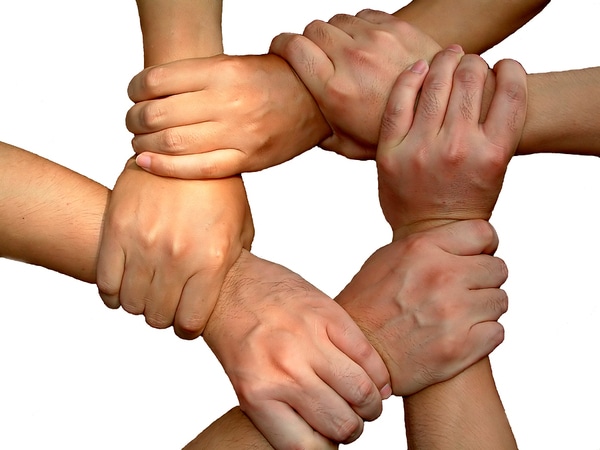It is natural to think of withdrawal in terms of the initial, flu-like symptoms that occur in the early weeks of recovery. This period is known as acute withdrawal, and while getting through it is an important step, it is also just the first phase of your recovery process. What comes next? In some cases, you may experience Post-Acute Withdrawal Syndrome (PAWS). Here is a closer look at this subsequent stage of withdrawal, along with information about how continuing treatment through this phase can play a critical role in supporting your long-term recovery.

The road to recovery may be long, but treatment can help you navigate the way.
What is PAWS?
The University of Wisconsin-Madison School of Medicine and Public Health (UW Health) describes PAWS as follows: “PAWS is a group of symptoms that happen after acute alcohol withdrawal. It often happens when you are no longer in the hospital.”
While acute alcohol withdrawal lasts anywhere from a couple of days to a week, PAWS can last significantly longer—for weeks or months, with symptoms usually peaking around the six-month mark. Depending on the length and extent of your drug and alcohol use, symptoms can last even longer.
According to UW Health, symptoms of PAWS include:
- Anxiety
- Mood swings, emotional outbursts, and/or lack of emotion
- Trouble managing stress
- Dizziness
- Tiredness and lack of energy
- Difficulty sleeping
- Changes in sleep and/or unusual dreams
- Memory problems that may make learning new things a struggle
- Lack of clarity when thinking, making decisions, and solving problems
- Balance problems and delayed reflexes
- Increased proneness to accidents

A strong support system can help patients overcome the challenges of PAWS.
How is PAWS dangerous to recovery?
Often described as feeling like a roller coaster of symptoms, PAWS makes it difficult to live a healthy lifestyle. This can leave you particularly vulnerable to relapse for a variety of reasons, including: using your symptoms as justification to use; deciding that sobriety is not worth it; avoiding recovery following a relapse due to fear of future PAWS-related issues; and the emergence of maladaptive behaviors, such as exercise addiction and workaholism. You may simply stop putting effort into recovery, leading to “Day Drunk Syndrome,” during which you return to your previous behaviors and/or adopt new, difficult behaviors even though you are no longer using.
In this sense, the impact of PAWS isn’t felt just by you, but can also be extremely taxing on your support system. And while there are many different ways to facilitate healing during this phase of recovery—such as identifying emotional triggers and establishing daily routines for eating, sleep, and exercise—it is tough to do it alone.
How Treatment Can Help
This is what makes alcohol and drug treatment centers so valuable. Not only are they designed to help you through acute withdrawal, but they also provide a continuum of care aimed at helping you progress through the different stages of recovery. Rather than merely serving as a means to an end, comprehensive recovery and relapse prevention programs offer proven strategies that empower you to acquire both the skills and long-term mindset you need to prevail over PAWS, such as understanding the process and practicing self-care. Additionally, substance abuse treatment programs provide you with the support and counseling you need to overcome PAWS-related challenges.
Unfortunately, entering into a substance abuse treatment program is no guarantee of recovery by itself. But acknowledging the whole recovery journey—which extends far beyond the acute withdrawal phase—imbues you with the coping mechanisms you need for the most promising outcomes.
We’re Here to Help
Contact Harris House today to learn more about its leading substance abuse treatment programs.







